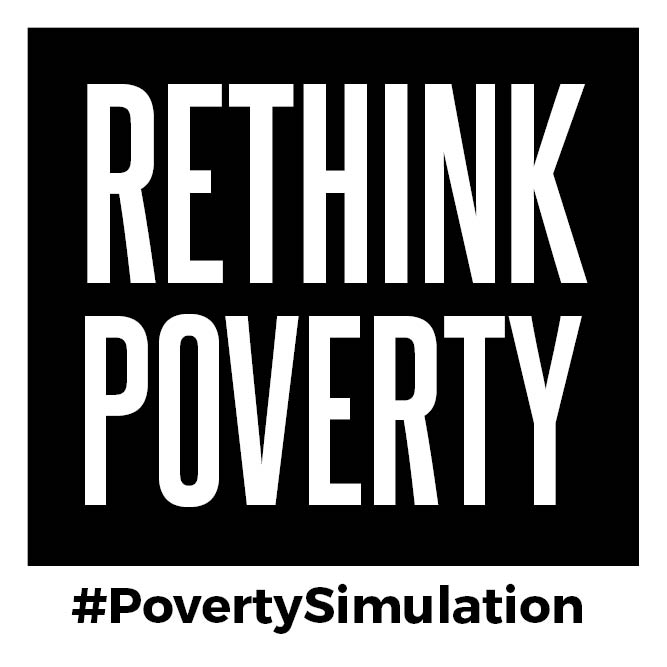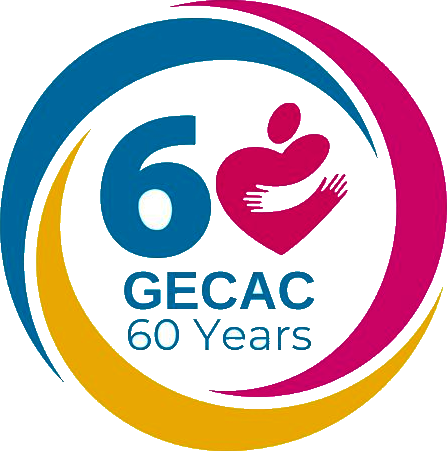Community Action Poverty Simulation
Could you survive a month in poverty?

1.5 million Pennsylvanians, 444,486 children under 18, live in poverty every day. Many more are just above the poverty line but have incomes low enough to qualify for government assistance. It is often difficult for those who have an adequate income and enough resources to understand the situations families in poverty experience every day, the tough decisions they make, and the constant fears and frustrations they face.
The simulation allows participants to take on the roles of members of real-life families, all facing a variety of, but typical, challenging circumstances of those who live at the poverty line.
How the Community Actions Poverty Simulation (CAPS) Works
Poverty is often portrayed as a standalone issue – but this simulation allows individuals to walk a month in the shoes of someone who is facing poverty and realize how complex and interconnected issues of poverty really are.
- A single parent with limited resources and no transportation must find a way to get to work and get their child to daycare.
- A family of five must find a way to pay for both utilities and their mortgage on a limited income and resources.
- A young adult must care for siblings while their parent is incarcerated.
- An elderly couple must raise their grandchildren and deal with their own health and employment issues.
After the simulation, individuals discuss in small and large group settings what they've learned with their peers and how this experience impacted them.
Living a Month in Poverty
To start the simulation, each individual is given a unique family member identity to play. The family is given a set amount of resources and then tasked to provide food, shelter, and other basic necessities for the family for four, 15-minute "weeks". They must go to work, acquire daycare, send children to school, pay bills, and deal with life's unexpected circumstances.
Approximately twenty people play the roles of community agencies. This allows individuals to observe and experience the stressors related to working with individuals living in poverty.
The simulation lasts 3 hours. This time frame includes training of simulation volunteers, welcome, the simulation exercise, and a guided debriefing in which participants share their observations and insights from the activity. The debriefing time can include content tailored to your organization's focus and goals for hosting the simulation.
Simulations are conducted in a large room. Participants are seated in family groups and community agencies are located at tables set up around the perimeter of the room. The room should be large enough so people can easily move around.
The facilitator opens the simulation with an orientation to the activity, goes over ground rules, and answers participant questions during the exercise.
Hosting a Community Action Poverty Simulation
To make the simulation a success, the following things are needed:
- A minimum of 50 and a maximum of 80 participants
- A room of approximately 3,000 square feet
- 80 chairs for participants
- 99 chairs for the community agencies located on the perimeter of the room
- 14 tables
- Approximately 20 volunteers to act as resource staff
The fee for the simulation is a $750 donation. This will provide you with two trained facilitators and all simulation materials.
Note: Simulations are only conducted in Erie County.

